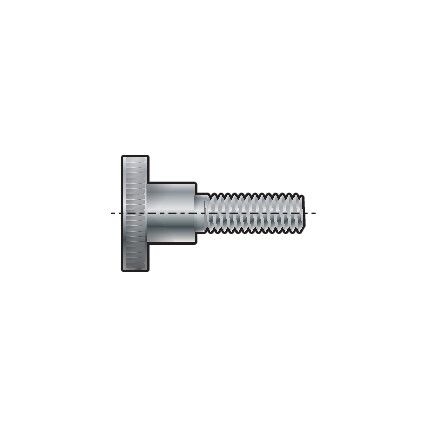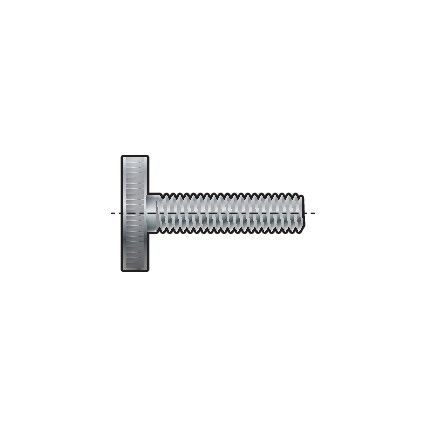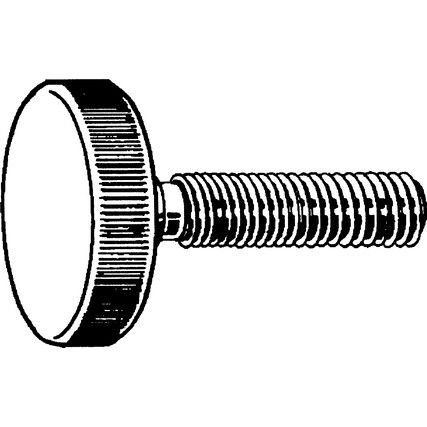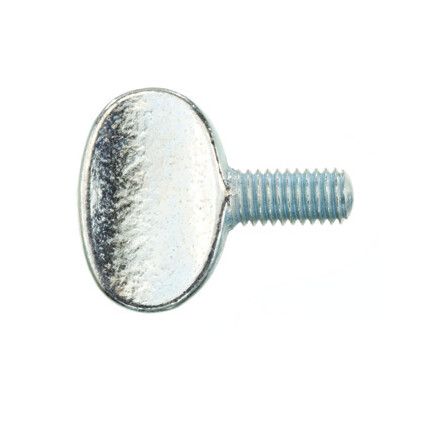Thumb Screws
Thumb screws are a fast and tool-free fastener. Designed in a range of shapes, thumb screws can feature a winged, round or flat, key-like head that can be gripped and turned by hand. Often, thumb screws feature a knurled finish cut into the edge of the head to assist with grip.
Made in a range of materials, including brass, stainless steel and plastic. They're available in a variety of lengths thread sizes to suit different materials.
Although they are classed as a manual fasteners, some thumb screws also feature driver slots for the use of a screwdriver for added torque where required. These thumb screws are often used alongside washers to ensure a secure fitting.
What are thumb screws?
Thumb screws are a manual fastener, tightened or loosened using the thumb and forefinger.
Why thumb screws?
Thumb screws are the perfect option for temporary fixing items like safety panels where access is required for monitoring. They're a great way to reduce the risk of over-tightening due to the manual nature of the fastener, and some thumb screws feature a retaining lanyard to prevent them from being lost if dropped.
When are thumb screws used?
When space is restricted and there's no room for tools, thumb screws are ideal. They also feature heavily on consumer electronics and appliances to ensure a good customer experience with easy assembly.
Winged thumb screws are used widely for access and electrical panels that are frequently opened and closed but still need secure fixing.
Thumb screw types
Thumb screws are available with a range of head types to suit the task and the user, but overall, they're broken down into 2 standard types. Quality thumb screws will feature either DIN464 standard for high type knurled thumb screws or DIN653 for low type knurled thumb screws.
• Type A - Features a 'shoulder' section below the head to assist with regular use, sometimes referred to as Type S, for shoulder.
• Type B - Sometimes called Type P for plain, these thumbscrews have no shoulder
Considerations when choosing thumb screws
• Head type - This is dependent on the individual, but often comes down to grip preference.
• Material - A consideration when used outside, the material should be corrosion resistant. Knurled heads should be coated if frequently exposed to wet weather.
• Length - matches the length of the hole they'll be screwed into.
• Thread size - Coarse threads work well with brittle materials, such as steel and graphite. Fine threads require less torque, but they do have a tendency to loosen over time or when subjected to vibrations.
FAQs
How do I measure thumb screws?
Measure in millimetres from the base of the head to the end of the screw to get an accurate measurement.



